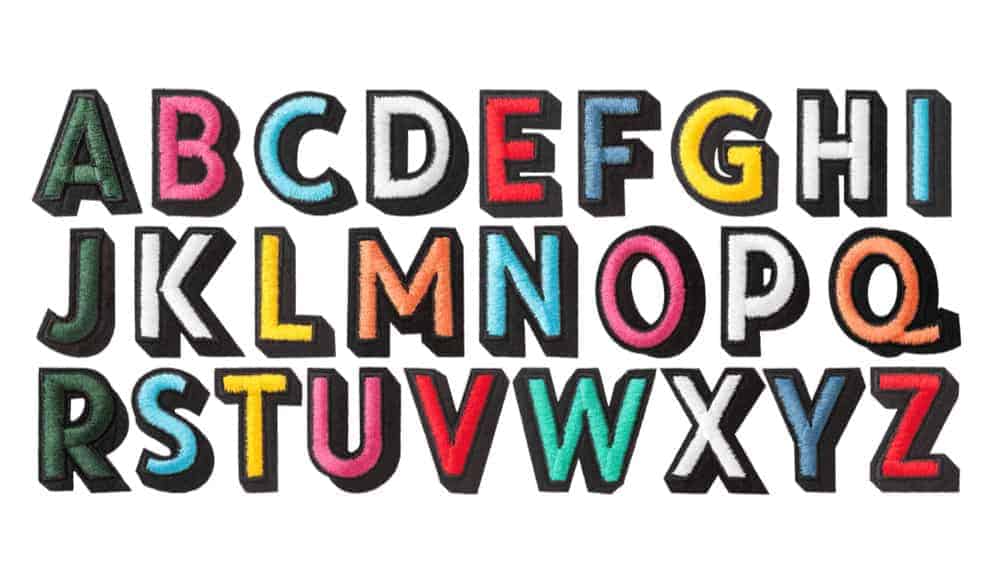I’m Tech-Savvy, But I Choose to Use a Low-Tech Form of Assisted Communication. Here’s Why.
I have been using technology since I was two years old. I have cerebral palsy, and my preschool for disabled kids put us on computers as early as age two. In fact, for my third birthday, when my dad asked me if I wanted a doll or a book – I instead used the sign for “computer” to tell him what I wanted. So, I have grown up loving and learning how to use technology. However, since I am non-verbal, my current communication system consists of only a letter board and a laser pointer attached to a baseball cap. (Here’s a video showing how I use the system.) Since I am very technology-savvy, one might wonder why I choose to use a low tech form of communication instead of a high-tech augmentative and alternative communication (AAC) device.
Before I started reading at age two, my dad made what was essentially a photo album with pictures such as an image of a cup to signal needing to drink or an image of my toys to let my parents know I wanted to play. I would use my finger to point at the picture I wanted. Once I started reading, my dad made me a board with alphabet letters to help me express more of what I was thinking. I used a letter board all through elementary school, but instead of using a laser pointer as I do now, I would use my left hand to point at the letters, which was slower and more work because I don’t have much hand dexterity.
In the summer before middle school, my dad thought that I would need to switch to using an AAC device since I would be going to a new school. He felt I could initiate conversation more efficiently, rather than wait for someone to read from my letter board. So we got the latest AAC device. I was not excited about this, but when he said he would pay me to practice using it, I was like, “well, ok.” With practice, I got to the point where my parents could be in the living room, and I could say from my bedroom, “Mom, Dad, I am done! I want to do something else.” That was huge for my parents to have me be able to voice what I was thinking without their help.
When my dad was packing up my new AAC device for the first day of middle school, I looked at him and spelled out on my letter board, “I am not using that! I am never using that again!” Part of this reaction was just me being a bratty preteen who had only been interested in getting money for using the AAC device. Still, another part of it was me developing my unique view of communication.
Now, more than 20 years later, even with all the technical advances in the world, I still prefer to use a letter board over an AAC device. I feel that since people have to follow along with what I am spelling, they have to engage in our conversation actively. But with an AAC device, there would be five minutes of silence while I stitched together a sentence. Even the most interested person would probably zone out a little while I typed what I wanted to say.
I know many people who use their AAC devices really well; they have seamless communication and are very independent. However, because I need an assistant to accompany me wherever I go, I always have a person who knows how I talk, and if another person wants to learn how to read my letter board, my assistant can show them! It only takes a few minutes to get used to it.
I also feel like my form of communication is better when I have to have intense or personal conversations. My body gets more spastic when I am stressed, so if I had to type out what I wanted to say at that moment, it would take even longer than usual. And it is more intimate for the person I am talking to as well. They can follow along and support me as I talk about a difficult topic.
Furthermore, I know of some AAC users who have no other form of communication available when their device breaks. Because my letter board is low tech and affordable, I can have backup boards and laser pointers ready to go whenever I need them. Also, I have ways of communicating outside of my letter board as well. I do “yes” and “no” via nodding, which helps with conversations that are in the style of the game “20 Questions.” This means that I still have ways to express what I want or need, even without my letter board.
I am not advocating for all non-verbal people to use letter boards, but rather for everyone to be able to choose the forms of communication that work best for them. More speech therapists should present various communication methods, from low-tech devices like my letter board to high-tech AAC devices, as well as alternative methods for when neither option is available. That way, people can make informed decisions about which communication modes will fit their life best.
About Rooted In Rights
Rooted in Rights exists to amplify the perspectives of the disability community. Blog posts and storyteller videos that we publish and content we re-share on social media do not necessarily reflect the opinions or values of Rooted in Rights nor indicate an endorsement of a program or service by Rooted in Rights. We respect and aim to reflect the diversity of opinions and experiences of the disability community. Rooted in Rights seeks to highlight discussions, not direct them. Learn more about Rooted In Rights




Reminds me of JJ’s letter board in “Speechless”.
i agree letterboards>high tech aac